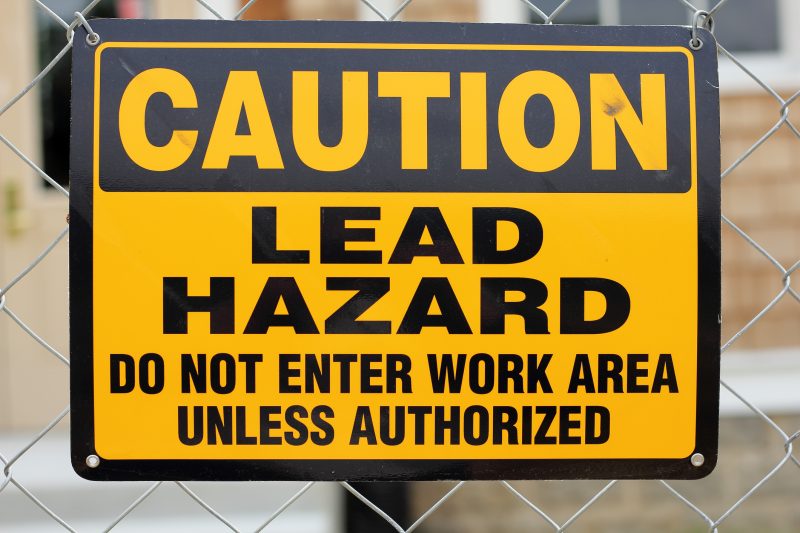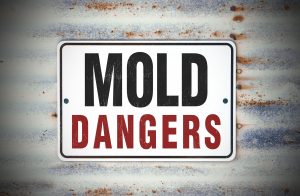Lead
Are you planning to buy a home built before 1978?
Many houses and apartments built before 1978 have paint that contains lead (called lead-based paint). Lead from paint, chips, and dust can pose serious health hazards if not taken care of properly.
Did you know that Chicago has the Highest number of lead poisoned children in the nation. In many Chicago communities more than 25 % of children are lead poisoned despite the 1978 ban on lead in residential. Children 0-6 years are the greatest risk because of the high levels they retain. Most children are lead poisoned by touching lead contaminated dust or paint chips generated by deterioration paint or remodeling work, and then putting their hands in their mouths.
Lead poisoning in children can cause irreversible brain damage and can impair mental functioning. It can obstruct mental and physical development and reduce attention span. It can also retard fetal development even at extremely low levels of lead. In adults, it can cause irritability, poor muscle coordination, and nerve damage to the sense organs and nerves controlling the body.
Lead poisoning may also cause problems with reproduction (such as a decreased sperm count). It may also increase blood pressure. Thus, young children, fetuses, infants, and adults with high blood pressure are the most vulnerable to the effects of lead. The good news is, lead poisoning can be entirely preventable
Where lead-base paint/dust can be found
Lead dust can form when lead-based paint is dry scraped, dry sanded, heated ,or when painted surfaces bump or rub together.
Lead chips and dust can get on surfaces and objects that children may crawl on or touch especially on surfaces that take a lot of wear and tear such as floors, porches, stairs, doors, door frames/trim, windows, and window sills. Peeling, chipping, chalking, or cracking lead-based paint is a hazard and needs immediate attention!
Exterior soils around a home may contain lead from deteriorating or peeling paint. Children could possibly ingest or inhale lead dust from the soil when playing in bare soils or track in soils from their shoes.
Household dust can pick up lead from deteriorating lead-based paint or from soil tracked into a home.
Children should be screened for lead poisoning
In communities where the houses are old and deteriorating, take advantage of available screening programs offered by local health departments and have children checked regularly to see if they are suffering from lead poisoning.
Because the early symptoms of lead poisoning are easy to confuse with other illnesses, it is difficult to diagnose lead poisoning without medical testing.
Early symptoms may include persistent tiredness, irritability, and loss of appetite, stomach discomfort, reduced attention span, insomnia, and constipation. Failure to treat children in the early stages can cause long-term or permanent health damage.
The current blood lead level which defines lead poisoning is 10 micrograms of lead per deciliter of blood.
However, since poisoning may occur at lower levels than previously thought. Various federal agencies are considering whether this level should be lowered further so that lead poisoning prevention programs will have the latest information on testing children for lead poisoning.
You can get your home checked in one of two ways, or both:
- A paint inspection tells you the lead content of every different type of painted surface in your home. It won't tell you whether the paint is a hazard or how you should deal with it.
- A risk assessment tells you if there are any sources of serious lead exposure (such as peeling paint and lead dust). It also tells you what actions to take to address these hazards.
Hire a lead certified qualified contractor
There are standards in place for certifying lead-based paint professionals to ensure the work is done safely, reliably, and effectively.
Trained professionals use a range of methods when checking your home, including:
- Visual inspection of paint condition and location
- A portable x-ray fluorescence (XRF) machine
- Lab tests of paint samples
- Surface dust tests
Home test kits for lead are available, but studies suggest that they are not always accurate. Consumers should not rely on these tests before doing renovations or to assure safety.





